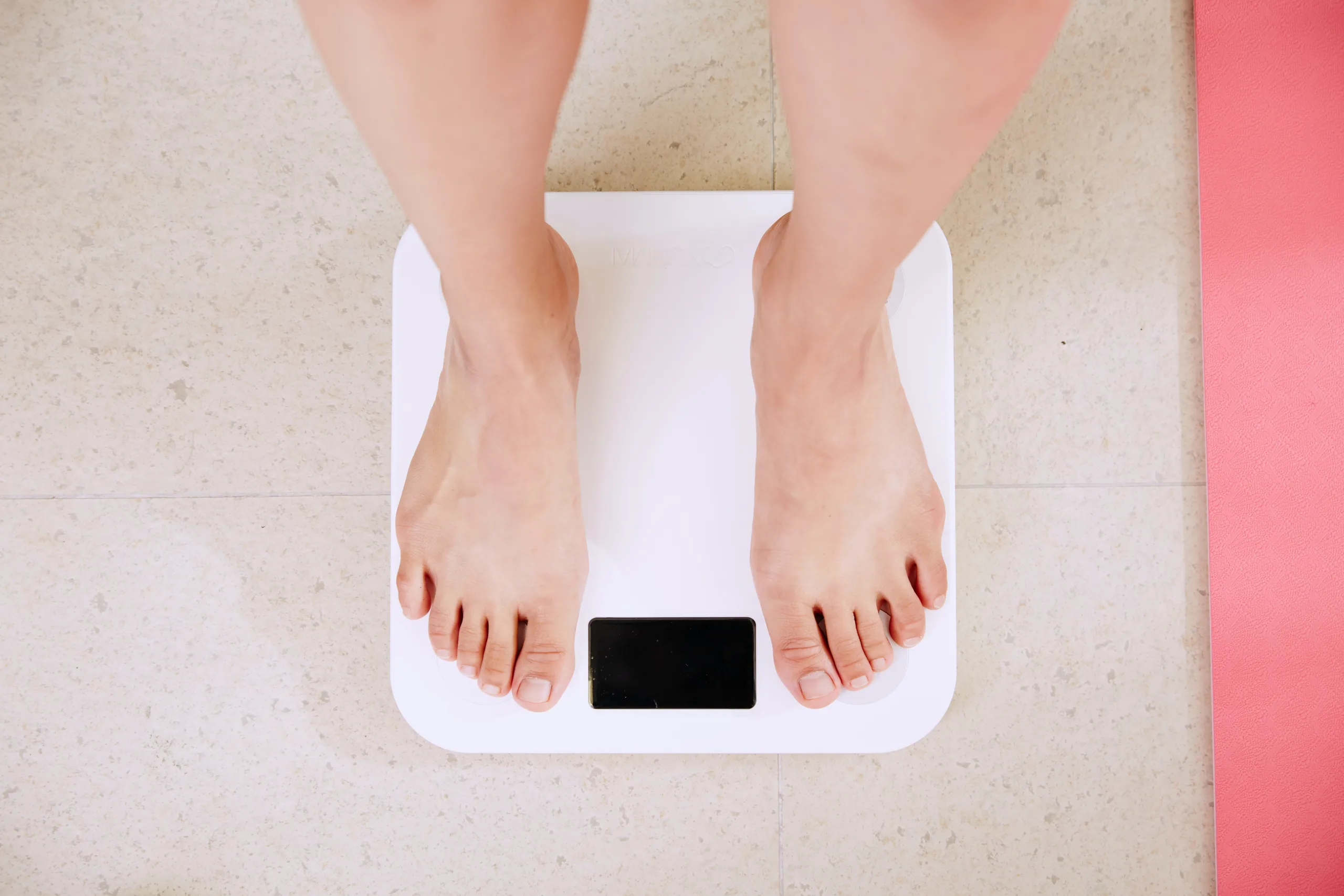High blood pressure, also known as hypertension, is a pervasive health issue that affects nearly half of the adult population in the United States1. Often termed the “silent killer,” it can lurk unnoticed, causing significant health problems over time2. However, there are effective strategies to manage this condition, one of which is the Dietary Approaches to Stop Hypertension (DASH) eating plan3.
Understanding High Blood Pressure
High blood pressure is a condition where the force of blood against the artery walls is consistently too high4. It’s a significant risk factor for heart disease and stroke5. Various factors contribute to high blood pressure, including age, sex, genetics, race or ethnicity, and lifestyle habits6.
The Power of the DASH Eating Plan
The DASH eating plan is a scientifically backed approach to eating that has been shown to lower blood pressure7. It emphasizes fruits, vegetables, whole grains, lean proteins, and low-fat dairy products, while limiting foods high in saturated fats, cholesterol, and sodium8.
The DASH diet is not just about lowering blood pressure. It’s also about promoting overall health. By focusing on nutrient-rich foods, the DASH diet can help individuals maintain a healthy weight, reduce the risk of other chronic diseases, and promote overall well-being9.
Lifestyle Changes for Blood Pressure Management
In addition to adopting the DASH eating plan, other lifestyle modifications can help manage high blood pressure. These include regular physical activity, maintaining a healthy weight, managing stress, limiting alcohol consumption, and avoiding tobacco use10.
The DASH diet, or Dietary Approaches to Stop Hypertension, is a well-researched and proven method to lower high blood pressure, reduce cholesterol, and improve overall health. However, like any lifestyle change, it comes with its own set of challenges.
One of the main challenges of implementing the DASH diet is the significant dietary changes it requires. The DASH diet emphasizes fruits, vegetables, whole grains, lean proteins, and low-fat dairy products, while minimizing foods high in saturated fats, cholesterol, and sodium. For many people, this can mean a drastic shift from their current eating habits.
Another challenge is the need for careful meal planning and preparation. The DASH diet requires a certain level of commitment and organization to ensure that meals are balanced and within the diet’s guidelines. This can be particularly challenging for individuals with busy schedules or limited cooking skills.
Additionally, the DASH diet may initially seem more expensive due to the emphasis on fresh produce and lean proteins, which can be more costly than processed foods. However, with careful planning and smart shopping strategies, it is possible to follow the DASH diet on a budget.
Lastly, like any lifestyle change, the DASH diet requires consistency and perseverance. It may take time to see the health benefits, and there may be periods of frustration or temptation to revert to old eating habits. However, with determination and the right support, it is possible to successfully implement and maintain the DASH diet for long-term health benefits.
Despite these challenges, the benefits of the DASH diet are well worth the effort. Numerous studies have shown that it can significantly lower blood pressure and reduce the risk of heart disease. Moreover, the DASH diet is not just a temporary diet plan, but a sustainable and healthy way of eating for life.
Conclusion
High blood pressure is a serious health concern, but it can be effectively managed. The DASH eating plan, coupled with other healthy lifestyle habits, offers a powerful tool for keeping blood pressure in check and promoting overall health11. Remember, it’s never too early or too late to start making heart-healthy choices.
References
Please note that this article simplifies the information and should not replace professional medical advice. Always consult with a healthcare provider for any health concerns.
Also, please note that you can delete your document at any point by visiting this link.
Footnotes
- National Heart, Lung, and Blood Institute. (n.d.). High Blood Pressure. Retrieved from https://www.nhlbi.nih.gov/health-topics/high-blood-pressure ↩
- Ibid. ↩
- National Heart, Lung, and Blood Institute. (n.d.). DASH Eating Plan. Retrieved from https://www.nhlbi.nih.gov/sites/default/files/publications/WES09-DASH-HBP.pdf ↩
- Ibid. ↩
- Ibid. ↩
- Ibid. ↩
- Ibid. ↩
- Ibid. ↩
- Ibid. ↩
- Ibid. ↩
- Ibid. ↩
- “DASH Eating Plan: What is High Blood Pressure?” National Heart, Lung, and Blood Institute, PDF.
- “Steps to Lower Your Blood Pressure.” National Heart, Lung, and Blood Institute, PDF.

